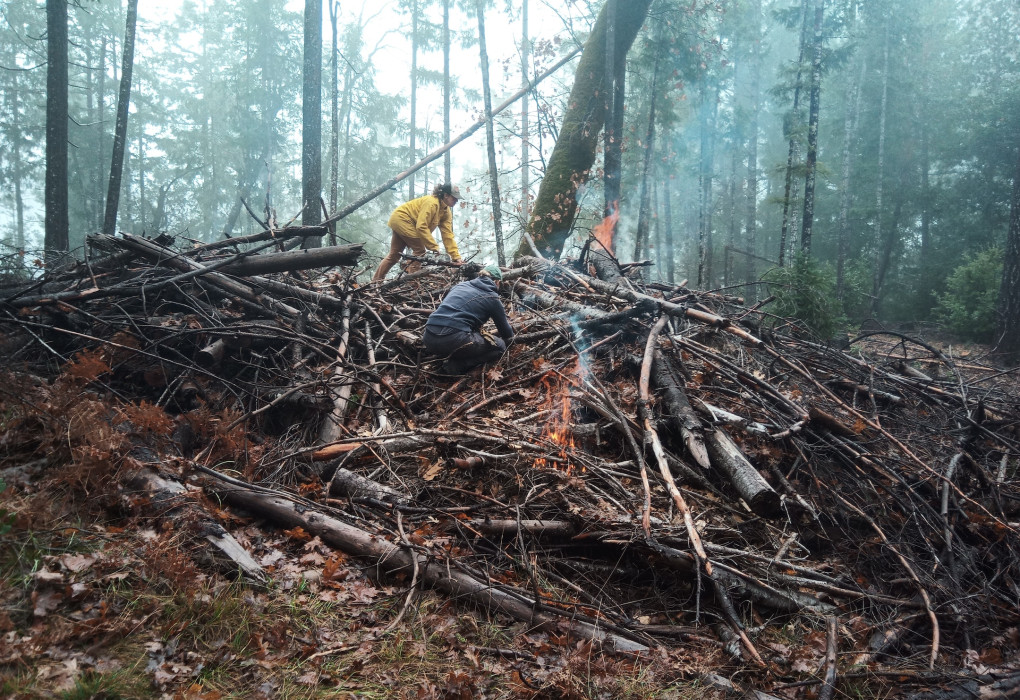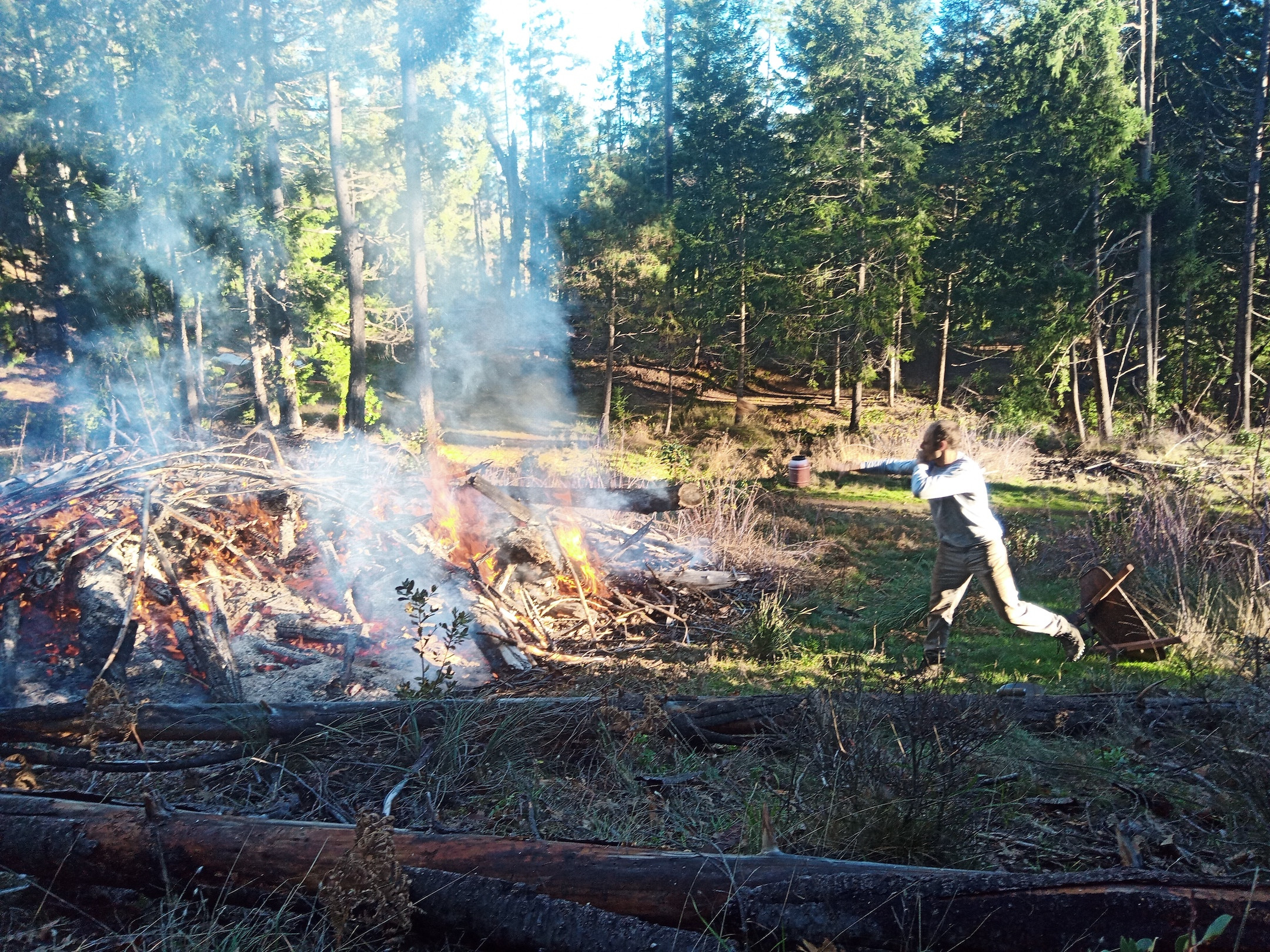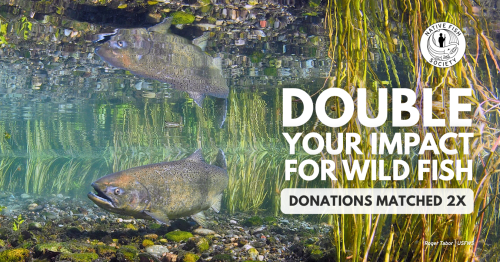StEELhead Discoveries Series - Part 7
*This is Part 7 of an ongoing series on the campaign to Free the Eel and efforts to better understand and revive the iconic steelhead in the Pacific Northwest by Native Fish Society Fellow Samantha Kannry. View all parts of the series HERE. Additional parts and updates will be posted over the next several months. Stay tuned!
~ ~ ~ ~ ~ ~
"This fall and early winter, we have been primarily laboratory-bound. Our original plan was to outsource this part of the project as we are not trained biochemists or molecular biologists. Those plans fell through, and with our limited funds, the only option was to do the work ourselves. We were given the opportunity to work at the Genome Variation Lab at UC Davis. We have been receiving lots of advice and assistance from various folks at UC Davis, the University of Idaho, and elsewhere. We have been diving deep into the methods component of DNA extraction and sequencing library preparation. We are conducting various tests to isolate the steps of the protocol where problems are arising. We feel quite underqualified to tease apart these methods but are slowly making progress. To become really proficient in molecular lab methods, you need to spend a lot of time in a lab, which is, to be honest, not why I got into aquatic ecology. It is difficult to maintain a connection to the wild creatures and places you are studying while in a large sterile building, gloved up and pipetting reagents from one tube to the next. I will admit there is some degree of satisfaction in solving problems and completing all the parts of a project yourself.
So, it was an enormous respite to ring in the New Year near the headwaters of the Van Duzen River (a major tributary to the Eel River), burning large slash piles and cleaning up past logging debris. The piles are on a piece of property that was mismanaged by overzealous loggers seven years ago. Although recently logged, the land still needs a great deal of thinning and burning to address conifer encroachment and prevent catastrophic wildfire. The property drains into Butte Creek, which we believe contains some of the highest quality spawning and rearing habitat for summer steelhead in the Van Duzen River. The property is only 40 acres, but there is a 1200-acre (mostly old-growth) BLM parcel, and an increasing number of large ranches with conservation easements in the watershed. It also happens to be in the high-severity fire risk zone. Our goal is to facilitate a shift in land cover from dense young firs to historic oaks and open prairies by thinning small trees and brush and then burning the debris. This will make the land more productive for native grasses, shrubs, and hardwoods. It will also decrease the risk of stand-replacing fires and the subsequent erosion and sediment deposition in Butte Creek. And it is a really enjoyable way to spend your time, getting a pile lit, feeding the fire with logs and brush of all sizes, warming your cold hands by the fire, cooking your meals on the endless coals, and watching the fireworks display until the wee hours."
-Samantha Kannry
~~~~~
About the Author:
Samantha Kannry has been monitoring, studying, and swimming with summer-run steelhead in the Eel River and other rivers of Northwestern California for the past thirteen years. She joined NFS as a volunteer in 2015, then became a fish genetics fellow in 2020.
While it has been clear to the native peoples of the region since time immemorial that summer-run steelhead and the congeneric spring Chinook are separate populations, not everyone else sees it so clearly. Her research has focused on using conservation genetic tools to elucidate the distinction between summer and winter-run steelhead.
When not minking (a combination of hiking, swimming, snorkeling, sliding, shimmying, and boulder jumping) down rivers, she is usually growing and eating fruit, moving manure at Caudal Fin Farm, or bike touring distances large and small. All working towards re-establishing the inherent continuity between rivers, land, and people.
Read StEELhead Discoveries Part 1 - 6 HERE.


